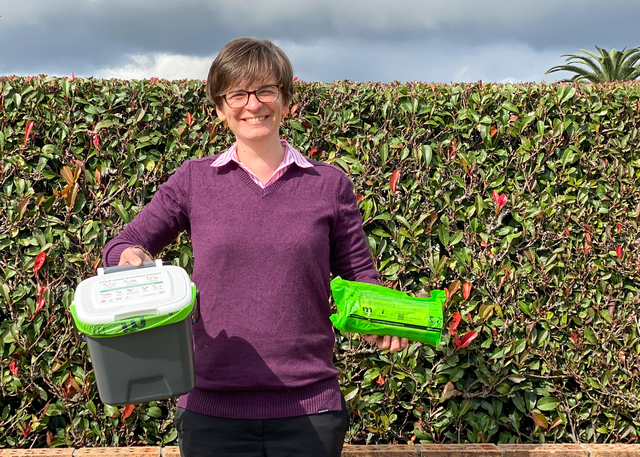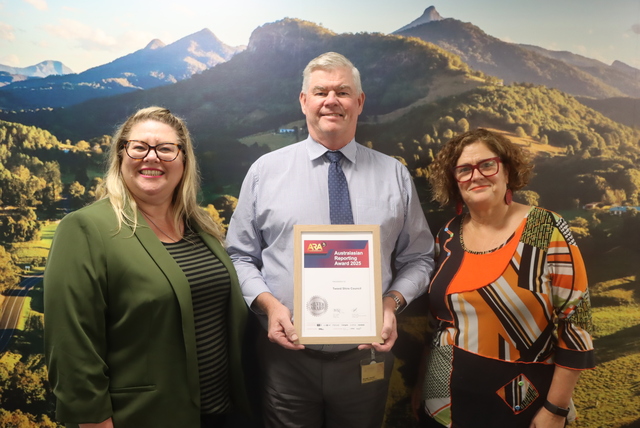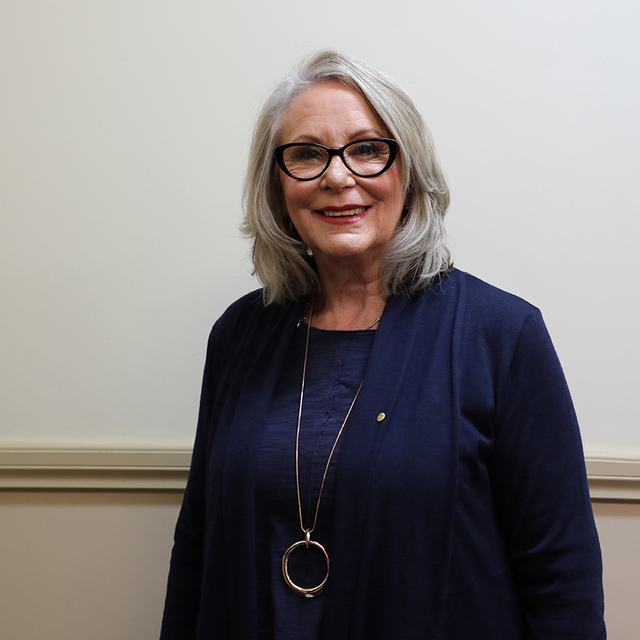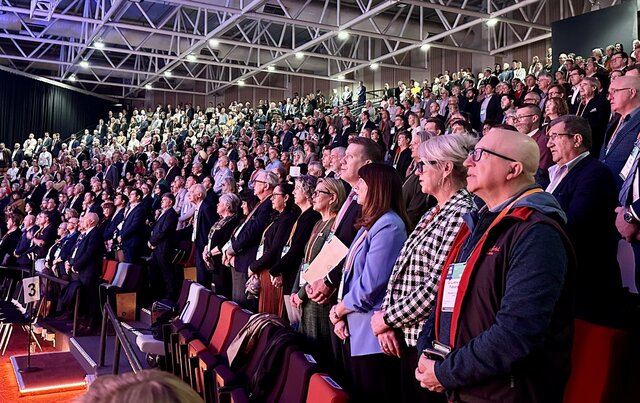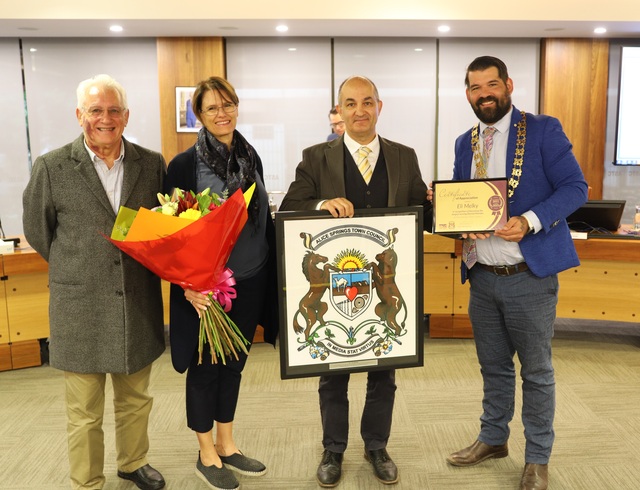Lake Macquarie City Council in New South Wales is utilising virtual reality technology to educate constituents about rising sea levels.
To communicate the complex effects of climate change, Lake Macquarie residents are being invited to experience a virtual simulation of their lake foreshore, to witness the impacts of rising water in their local area.
When the user dons an Oculus Rift (virtual reality goggles) or Google Cardboard (cardboard goggles in which you insert your mobile phone) headset, they find themselves in a virtual replica of the lake foreshore, and are able to look up, down and all around ‘inside’ of that world.
Using 3D graphics and 3D terrain maps, the flood modelling is integrated into the photographic imagery, to give a seemingly real-life experience of rising water.
Manager Integrated Planning, Sharon Pope, said the community engagement initiative is part of ongoing climate adaptation plans, and Council is currently working with the area of Pelican and Blacksmiths to prepare a Local Adaptation Plan, which will address future flooding and sea level rise.
“Sea levels have been gradually rising and the best available information indicates that the rate of sea level rise is expected to accelerate. New roads, drains and homes built today will be around in fifty to one hundred years, so we have time to start planning now, but for many people the concept of sea level rise is difficult to get their head around,” said Ms Pope.
“The visualisations show people that projected sea level rise and future flooding is not all as doom and gloom as people might first expect, rather it is manageable if we plan now and act when necessary.
“We hope that this deeper understanding encourages residents to collaborate with Council and make well-informed decisions about the actions we can take to adapt to a rise in lake and sea levels.
“The technology also serves as a hook to engage people and get them into a conversation with us about future flood and inundation risks.
“Council has traditionally used 2D diagrams and aerial maps to express the potential impact of flooding and sea level rise, but even with these visual aids, it can be difficult to fully comprehend the implications.
“The virtual reality scenarios we’ve developed in partnership with local tech company Virtual Perspective, allow people to see the extent of foreshore inundation and the effect on local infrastructure, all in relation to their local area,” said Ms Pope.
The local adaptation plan for Pelican and Blacksmiths will be the second to be developed in Lake Macquarie City. These plans identify the actions Council and the community can take to respond to long-term changes in the climate, including preparing for the impact of increases in lake and ocean levels over the next 80 years. The plans focus on flooding and sea level rise and are location specific.
Between 2012 and 2015, Council collaborated with the community to develop the Belmont South and Marks Point Local Adaption Plan, as partners. Adopted in 2016, this was the City’s first local adaptation plan.
It is anticipated that Council and the Pelican and Blacksmiths community will have an adopted plan by 2018.



